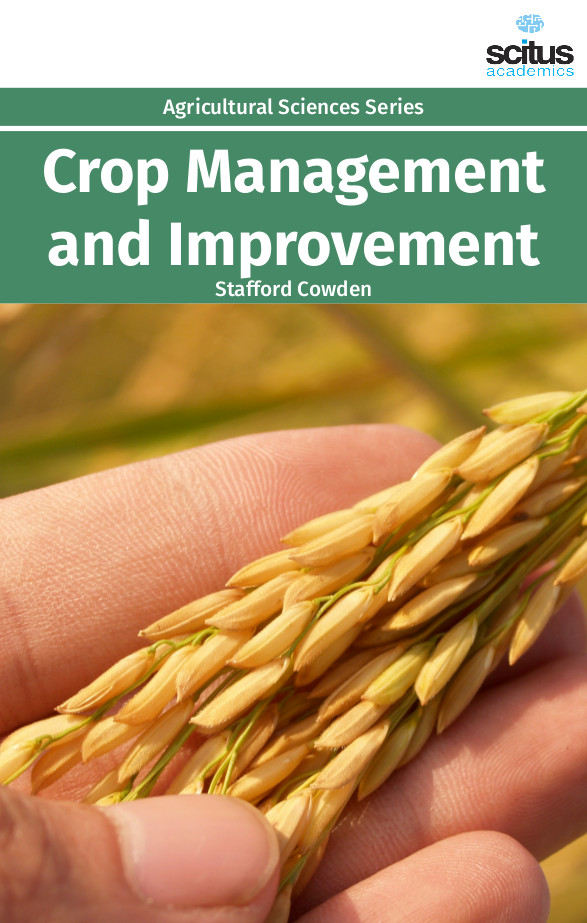Improvement of agricultural methods and productivity are required to reduce the need to cut down additional forest land. Tropical forests cannot be maintained unless agricultural productivity is greatly improved. However, to feed the projected population of the mid-21st century even at present levels, not to mention a level approaching that of developed countries, agricultural efficiencies would have to be far greater than is currently the case in most countries. We need increases in agricultural productivity of between 1.8% and 3% per year for many years. The demand for food, feed, and feedstocks for bioenergy and biofactory plants will increase proportionally due to population growth, prosperity, and bioeconomic growth. Securing food supply and meeting demand for biomass will involve many biological and agro-ecological aspects such as genetic plant improvement, sustainable land use, water-saving irrigation, and integrated nutrient management as well as control of pests, diseases and weeds. It will be necessary to raise biomass production and economic yield per unit of land—not only under optimum growing conditions, but even more under conditions constrained by climate, water availability, and soil quality. In the future we will face greater complexity. Meeting food security and biomass feedstocks will involve many biophysical and ecological aspects such as genetic plant improvement, sustainable land use, water saving irrigation, integrated nutrient management, and control of pests, diseases and weeds. Furthermore, socio-economic factors and consumer behavior (change of diets, fast versus slow food) are already playing a major role in a more urbanized world. Within 20 years about 70% of the world population will live in cities, which will depend more for food security on global trade than on local or regional production capacity. For the most important commodities prices on the world markets will become more important. Therefore, with the growing urbanization the availability of land is not a regional or even national issue but has to be addressed at a global scale. Land use change through population growth, agricultural intensification and urbanization has also transformed natural ecosystems locally, regionally, and globally. Thus, more emphasis is needed on sustainable use of land, taking into account ecosystem services and prevention from polluting emissions to the environment.
‘Crop Management and Improvement’ covers problems of significant field crops which can have either genetic or agronomic solutions to increase productivity, sustainability and utilization of major crops and cropping systems. The book focuses on challenges, progress and prospects of crop production. It contains of wide assortment of topics including latest agronomics practices for different crops to enhance productivity, mitigate the challenges imposed by climate change, improve water use efficiency, factors controlling dormancy, optimum use of fertilizers etc. This book will help researchers and students all over the world to attain new and interesting results in the field of alternative crops and cropping systems.













